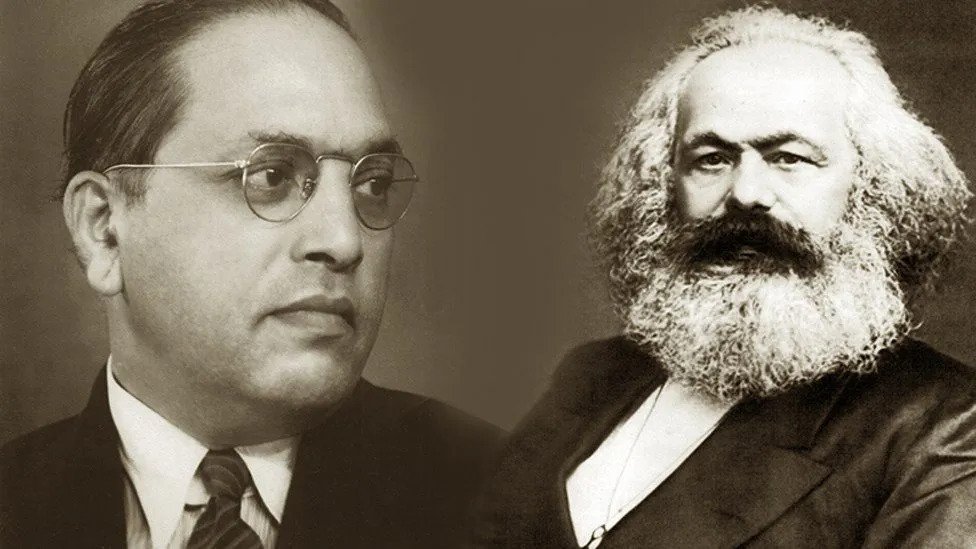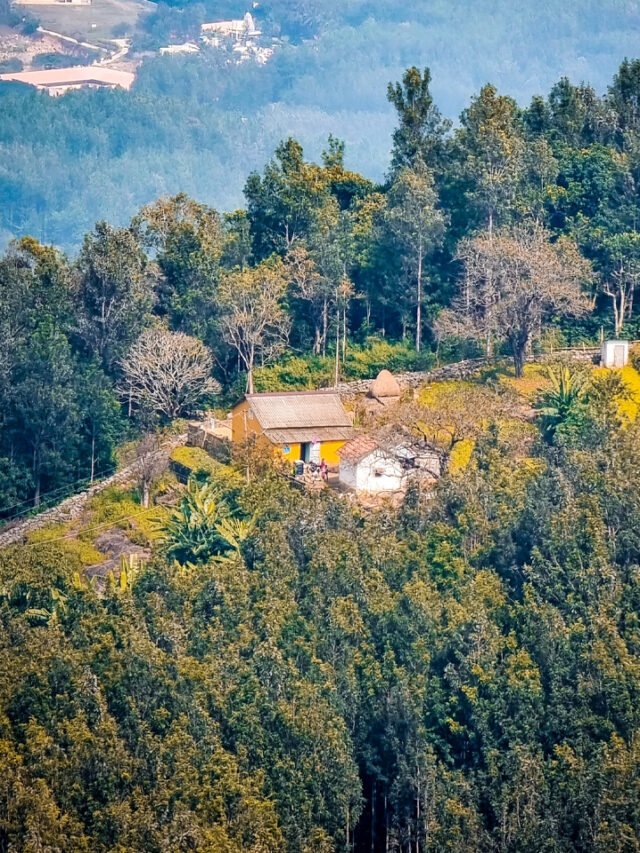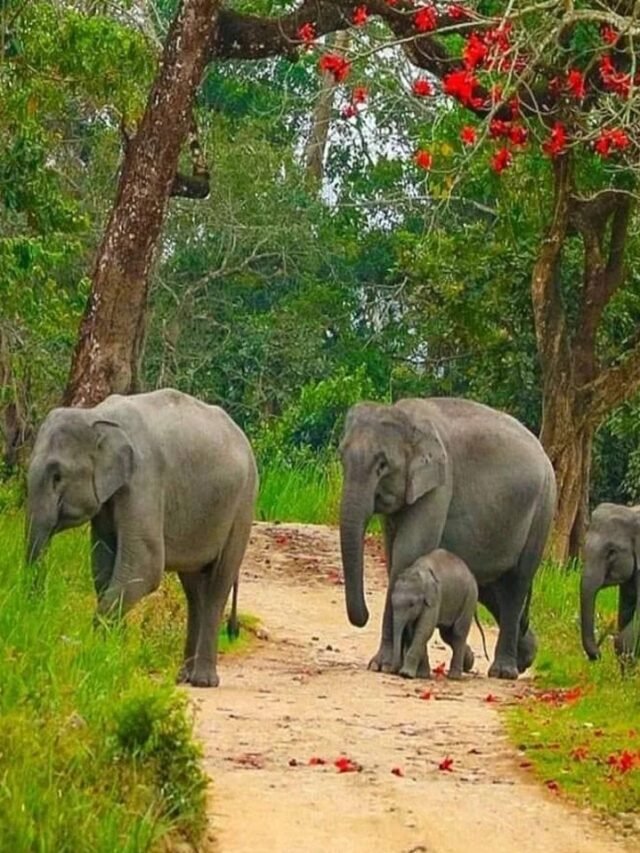By: Priyanka ‘Saurabh’
The country is celebrating the 131st birth anniversary of BR Ambedkar. His role as a social reformer, chairman of the drafting committee of the Indian Constitution, and the country’s first law minister is well known.
He was a distinguished economist, active statesman, eminent lawyer, labour leader, great parliamentarian, good scholar, anthropologist, and orator. To commemorate the completion of 75 years of independence, the country has started the Amrit Mahotsav of Independence. To understand the seriousness of Ambedkar’s thoughts, his role as a nation-builder, and his work done on him, it is imperative to reflect on all his aspects to strengthen the social fabric and build a just society and a strong nation.
Seeing Dr. BR Ambedkar’s contribution toward constitutional reforms, as the Chairman of the Drafting Committee of the Constitution, he took careful measures to build a just society through liberty, equality, and fraternity. Her advocacy for universal adult suffrage ensured that women had the right to vote soon after independence. His advocacy of the Hindu Code Bill was a revolutionary measure toward ameliorating the plight of women by giving them the right of adoption and inheritance. He contributed to the development of federal finance.
Ambedkar was a pioneer in the establishment of many national institutions as an institution builder, but he did not get the attention he deserved in the pages of history. The Reserve Bank of India was conceptualized on the recommendation of the Hilton Young Commission, which considered Ambedkar’s guidelines set out in The Problem of the Rupee: Its Origin and Its Solution. As a labour member on the Viceroy’s Executive Council from 1942 to 1946, he developed several policies in the water, electricity, and labour welfare sectors.
His vision helped in the establishment of the Central Water Commission as Central Waterways, Irrigation and Navigation Commission, Central Board of Technical Strength. He helped establish Integrated Water Resource Management through the establishment of the River Valley Authority, which actively considered the Damodar River Valley Project, Son River Valley Project Mahanadi (Hirakund Project), Kosi, and Chambal among other projects. The Inter-State Water Disputes Act, 1956, and the River Board Act, 1956 are derived from his vision.
As a member of the Bombay Assembly for the Welfare of Workers and Industrial Workers, Ambedkar opposed the introduction of the Industrial Disputes Bill, 1937, as it took away workers’ right to strike. As a labour member, he “ Instead of securing “fair conditions of work” he advocated “fair conditions of life of labour” and formulated the basic structure of the government’s labour policy. He contributed to the reduction of working hours to 48 hours per week, the removal of restrictions on the employment of women for underground work in coal mines, and the introduction of overtime provisions paid leave, and minimum wages. She also helped establish the principle of “equal pay for equal work” regardless of gender and maternity benefits. Ambedkar categorically opposed the communist labour movements, their external loyalty, and their Marxist approach to controlling all means of production.
Ambedkar was the voice of the Depressed Classes on every platform. As his representative at the Round Table Conference, he supported the cause of labour and the improvement of the conditions of the peasantry. During the Poona session of the Bombay Legislative Assembly in 1937, he introduced a bill to end the Khoti practice in Konkan. In Bombay, The historic Peasants’ March until the Council Hall in 1938 made him a popular leader of the peasants, workers, and the landless. He was the first legislator in the country to introduce a bill to end the slavery of agricultural tenants. His essay ‘Small Holdings in India and their Remedies’ (1918) proposed industrialization as the answer to India’s agricultural problem and is still relevant to contemporary debate.
Ambedkar’s thinking and legacy are reflected in the pro-people, pro-poor welfare policies and programs of the government led by Prime Minister Narendra Modi. The Central Government is leaving no stone unturned to improve the lives of citizens through social, economic, and political empowerment. Development of Panchteerth: Janma Bhoomi (Mhow), Shiksha Bhoomi (London), Chaitya Bhoomi (Mumbai), Diksha Bhoomi (Nagpur), Mahaparinirvana Bhoomi (Delhi) are steps towards ensuring a suitable legacy for the nationalist reformer Ambedkar. Successful implementation of Mudra scheme for taking loans, promoting entrepreneurship in SC and ST community stand Up India, an extension of merit-cum-means scholarship, Ayushman Bharat Yojana, PM Awas Yojana, Ujjwala Yojana, Deen Dayal Upadhyaya Gram Jyoti Yojana, Saubhagya Yojana, simplification of labour laws are among the many measures that will fulfill the dreams of BR Ambedkar.
Ambedkar opposed the independence of India in the name of the welfare of the Depressed Classes and at times went against the national leaders on simple questions such as the demand for separate electorates for the depressed classes. According to Ambedkar, nationalism means the participation of all sections in nation-building. His nationalism was based on the concept of inclusive development, which was questioned by various nationalists because – Ambedkar’s approach as opposed to the ideas of the father of the nation, Mahatma Gandhi. Gandhiji accepted the caste system with some changes whereas Ambedkar was vehemently opposed to it. Backward Classes Ambedkar rejected Congress’s offer of complete independence. He considered the British more helpful than the upper-class Hindus for the upliftment of the Dalits. In the event of a conflict between the interests of the country and the Dalits, he spoke of giving priority to the interests of the Dalits.
While believing in equality and freedom, he was keen to keep India as a British colony to save the depressed classes from the tyranny of the upper castes. This does not align with their notion of self-respect. Many upper-caste Hindu nationalists did much against caste discrimination. Although Ambedkar’s idea was not liked by most of the nationalist leaders of the time, his contribution to social reforms and the Indian Constitution cannot be denied.
Dr. Ambedkar led one of the largest civil rights movements in history, working to establish basic rights for crores of Dalits, and was successful in the inclusion of Article 17 in the Constitution of India, which prohibited untouchability terminates. On his birth anniversary, let us pay a fitting tribute to him by visualizing the wide canvas of his thoughts and resolve to immerse ourselves in the exercise of nation-building. (The author is a Research Scholar in Political Science, Poet, freelance journalist, and columnist)












